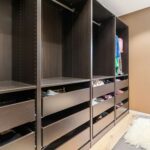Table of Contents
We’ve all been there. You wake up on a Saturday morning and decide, “Today’s the day I finally clean out that closet!” Six hours later, you’re sitting in a pile of clothes, feeling worse than when you started.
After years of trial and error, I figured out a system that works and I’ll share it with you. Here is the ultimate decluttering checklist (you’ll actually finish!).
Item 1: Start Small with the 15-Minute Rule
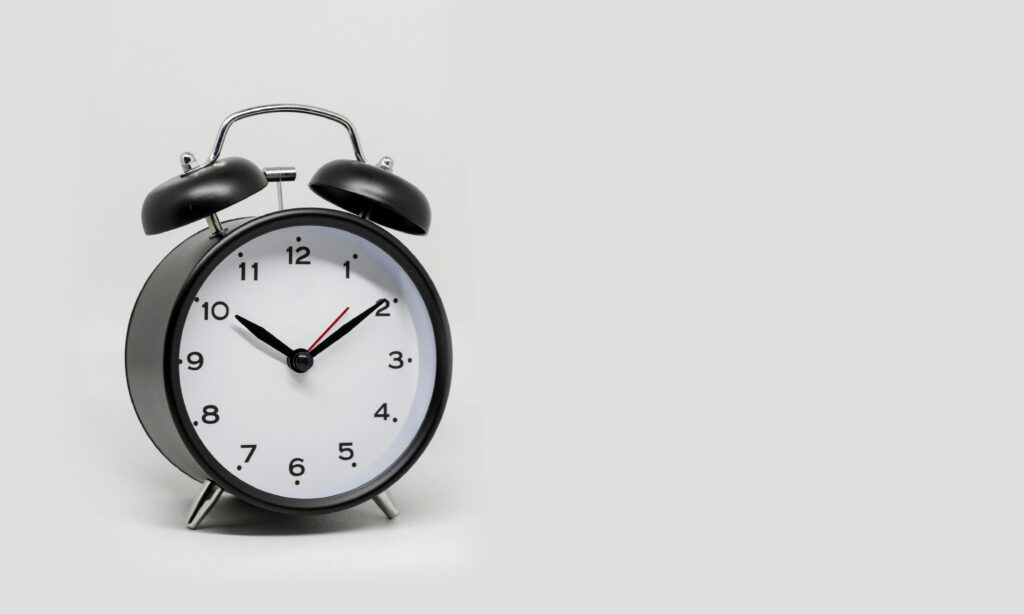
Most people make the mistake of blocking off an entire weekend for decluttering. Then they burn out after a few hours and quit. Instead, work in short bursts.
Set a timer for just 15 minutes. You can do anything for 15 minutes. Focus on one tiny area: a single drawer, one shelf in your fridge, or that messy corner of your desk. When the timer goes off, you can stop guilt-free or keep going if you’re on a roll.
This approach keeps your brain from getting overwhelmed. It’s like telling yourself you’re just going for a short walk, not running a marathon. The pressure drops, and suddenly the task feels doable.
Item 2: The Four-Box Method
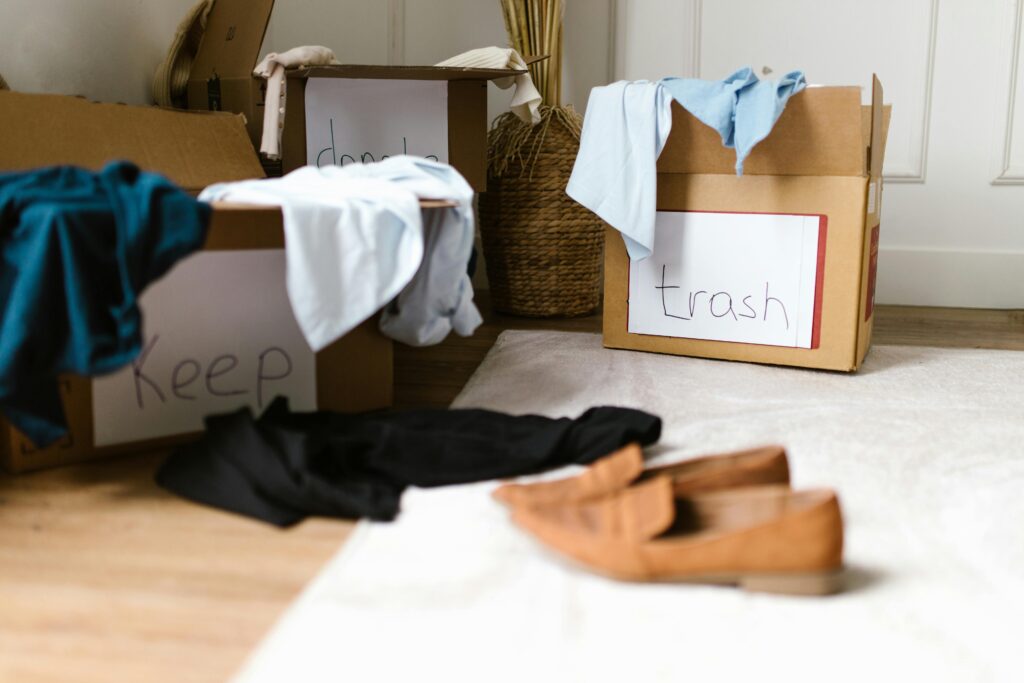
Decision fatigue is why most decluttering efforts fail. After making a hundred choices about what to keep and what to toss, your brain starts to shut down.
Grab four boxes (or bags) and label them:
1. Keep
2. Donate/Sell
3. Trash
4. Decide Later
The first three are self-explanatory, but that fourth box is your secret weapon. When you can’t decide about something right away, put it in the “Decide Later” box. This keeps you moving instead of getting stuck.
The rule: Your “Decide Later” box can’t be bigger than what fits under your bed or on a closet shelf. And you must go through it within one month.
Item 3: Room-by-Room Priority List

Instead of jumping around your house, follow this priority list. Each area builds on the success of the one before it.
1. Entryway
Your entryway sets the tone for your entire home. When it’s cluttered, everything feels chaotic from the moment you walk in.
Focus on creating a landing zone for everyday items. Keep only the current season’s coats and shoes visible. Everything else goes into storage. Install hooks at kid height so little ones can hang up their backpacks.
A small basket for mail and keys prevents them from spreading across countertops. The goal is to create a space that makes coming home feel good, not stressful.
2. Counters and Sink
A clean kitchen counter changes everything. It makes meal prep easier and somehow makes your whole house feel cleaner.
First, clear everything off. Wipe down the surfaces. Then, be ruthless about what gets to come back. Coffee maker? Yes. That bread machine you used twice in 2018? Probably not.
The sink should be empty before you go to bed each night. It takes five minutes but pays off huge dividends for your morning self.
3. Primary Bathroom
Your bathroom should help you start and end your day right. Focus on the surfaces first.
Clear the countertops of products you don’t use daily. Check expiration dates on medications and cosmetics. Most people don’t realize that makeup and skincare have shelf lives.
A simple caddy under the sink can hold daily items that don’t need to be on display. Your mornings will feel calmer when you’re not digging through clutter to find your deodorant.
4. Bedroom Nightstands
Your bedroom should be a calm space for rest, not a reminder of all your unfinished business.
Keep your nightstand minimal: a lamp, maybe a book, and a small dish for jewelry or your watch. That stack of magazines, bills, and random stuff? Find them another home.
This small change will make a big difference in how well you sleep. Your brain relaxes more easily in an uncluttered space.
5. Clothing Storage
Tackling your entire wardrobe at once is overwhelming. Break it down:
- Day 1: Just shirts
- Day 2: Pants and shorts
- Day 3: Underwear and socks
- Day 4: Shoes
- Day 5: Seasonal items and special occasion wear
The “one-year rule” works well here. If you haven’t worn it in a year, it’s probably time to let it go. Exception: true special occasion items like formal wear.
For kids’ clothes, be even more ruthless. They outgrow things so quickly that holding onto items “just in case” rarely makes sense.
6. Home Office/Paperwork
Paper clutter is its own special monster. Create three folders:
- Action Required (bills to pay, forms to fill out)
- To File (important papers you need to keep)
- To Shred (anything with personal info that you don’t need)
Deal with the “Action Required” folder weekly. Set up a simple filing system for the important stuff. A scanner app on your phone can help you keep digital copies without the physical clutter.
For sentimental papers like kids’ artwork, take photos of everything and keep only the most special pieces.
Item 4: The One-In-One-Out Rule
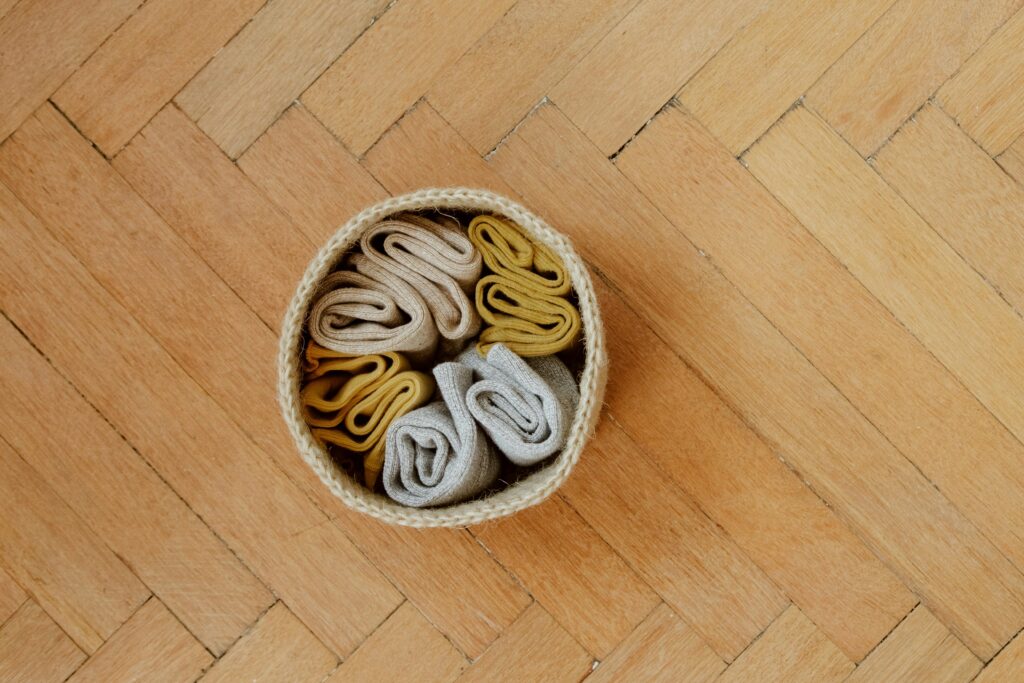
Once you’ve decluttered, maintenance is key. For every new item that comes into your home, something similar should go out.
New shirt? An old one gets donated. New kitchen gadget? Time to part with one you rarely use. This simple rule prevents the slow creep of stuff from taking over again.
Item 5: Sentimental Items

These are the things that make you feel guilty for even thinking about getting rid of them. Your grandmother’s china that you never use. The stuffed animal collection from your childhood.
Give yourself permission to keep what truly matters, but be honest about what that is. Often, keeping one or two representative items is enough to preserve the memory without the bulk.
For everything else, take photos before letting them go. Sometimes having the image is enough to keep the memory alive.
The Decluttering Maintenance Schedule
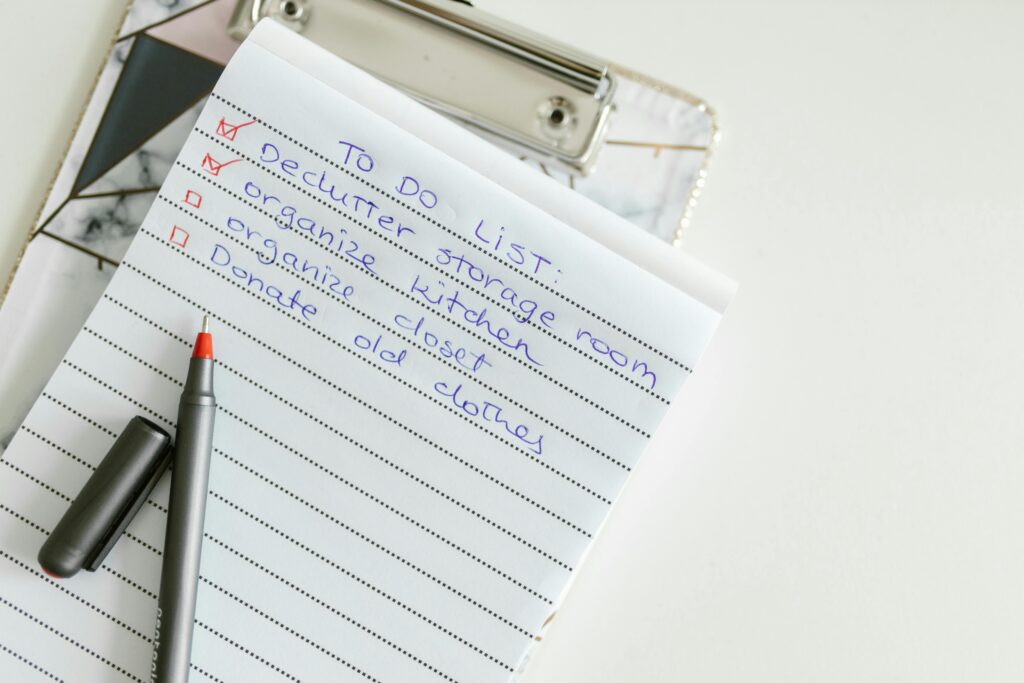
Decluttering isn’t a one-time event. It’s an ongoing process. This maintenance schedule keeps things manageable:
Daily:
- 5-minute pickup before bed
- Deal with mail right away
- Put things back after using them
Weekly:
- Process your action papers
- A quick sweep of the main living areas
- Declutter your car
Monthly:
- Go through your “Decide Later” box
- Check food storage areas for expired items
- Evaluate your schedule for unnecessary commitments
Seasonal:
- Rotate clothing for the new season
- Deep clean one area of your home
- Evaluate kids’ toys and clothes
Finding Freedom in Less
When your home contains only things you use, need, or truly love, everyday life gets easier. You spend less time cleaning and less time looking for things.
The best part? You’ll finish this decluttering checklist because it’s designed to work with real life, not against it. No perfectionism required, just progress, one drawer, one shelf, one decision at a time.

Hi, I’m Christian, a 43-year-old father of two and a lifelong DIY enthusiast. My workshop is where I spend countless hours experimenting, upgrading, and fine-tuning. Sharing my experiences and practical advice is my way of helping others create homes they love.




